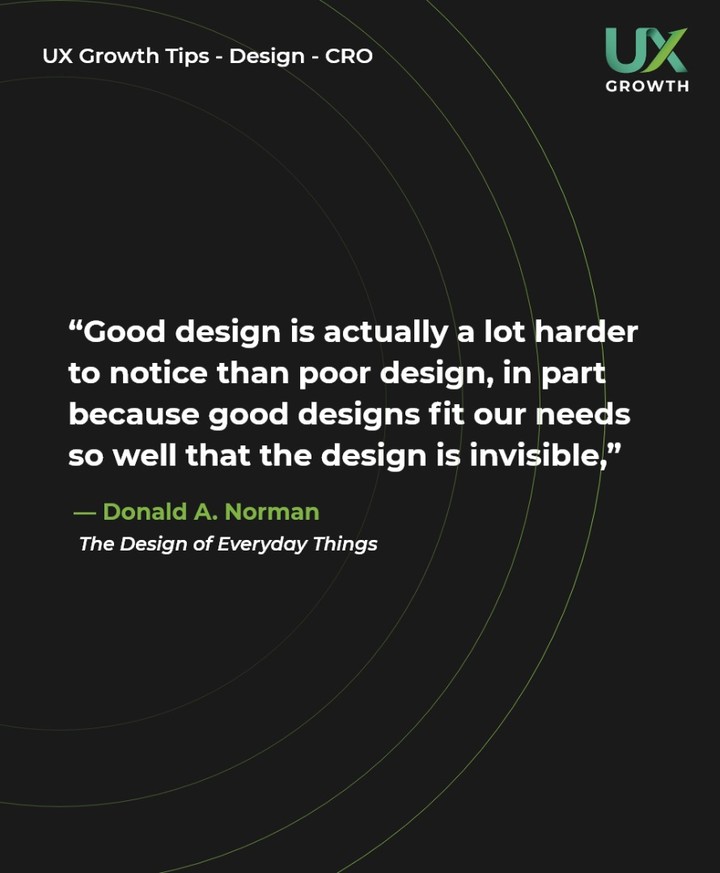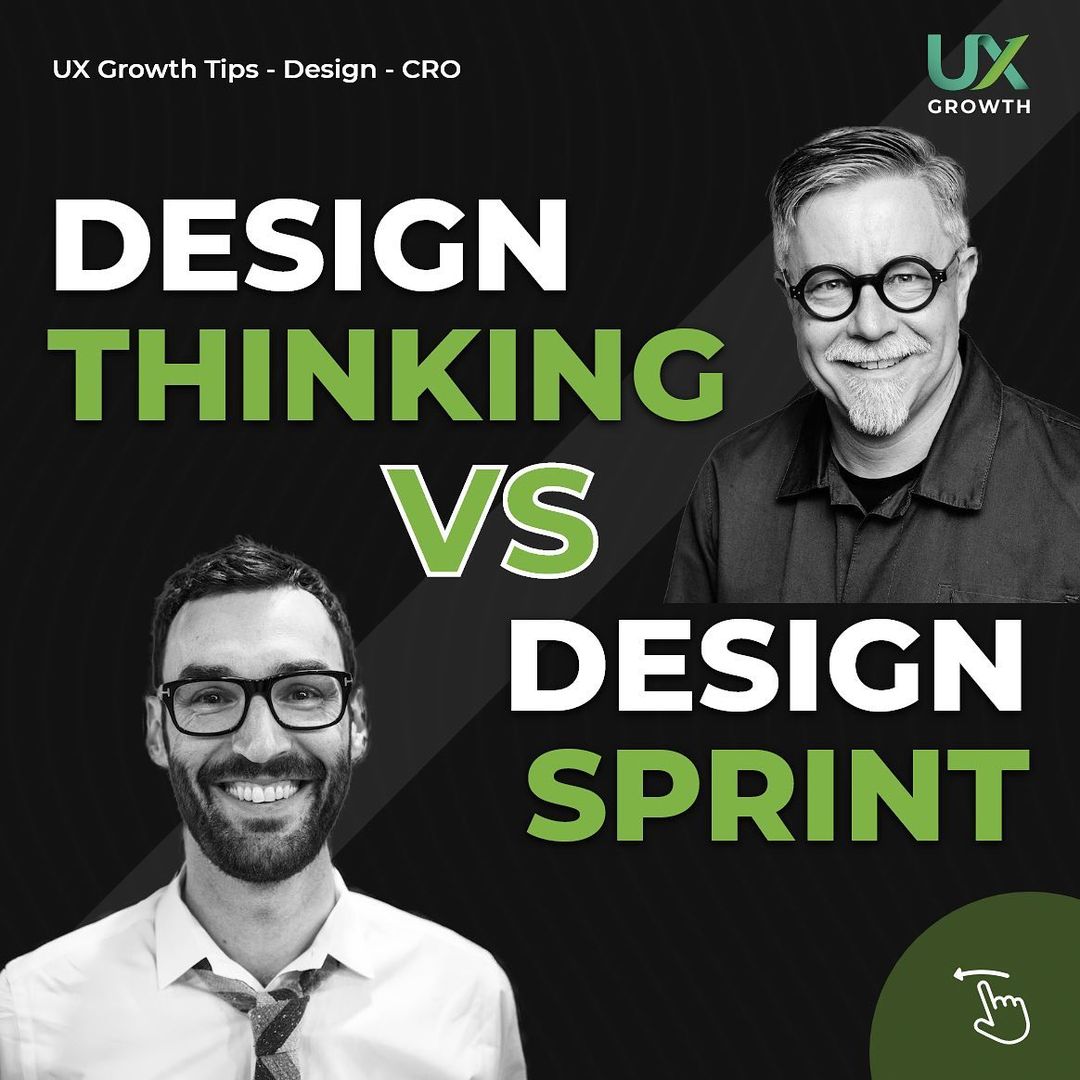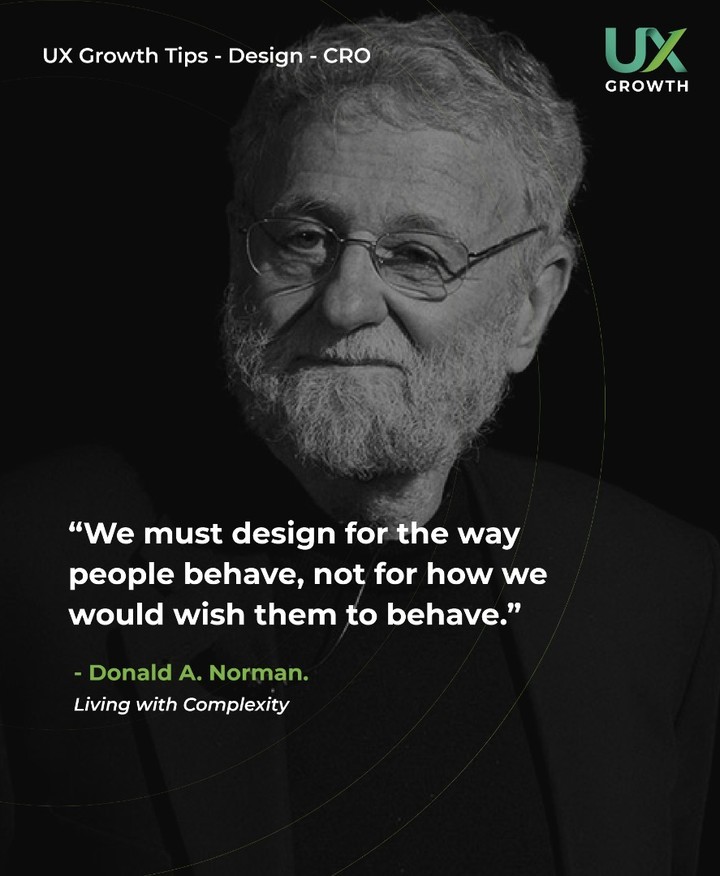Your Ego Kills Your Design: Impact on UX/UI Design
Understanding the impact of ego in UX/UI design is crucial for creating effective user-centered solutions. Ego-driven decisions can hinder collaborative processes and impede professional growth. Overcoming ego through humility, data-driven decisions, and empathy is essential for successful design outcomes. Embracing collaborative approaches, continuous learning, and adaptability are key for fostering innovation in design practice.
Understanding the Role of Ego in UX/UI Design
The Definition of Ego in Design
Ego in design refers to an individual's unique thoughts, feelings, and attitudes that influence the creative process. It encompasses one's self-esteem and sense of importance within the design context.
Importance of Ego Awareness in the Design Process
Being aware of one's ego is crucial in ensuring that design decisions are not solely based on personal preferences or biases. It requires recognizing how ego can impact design outcomes and user experiences.
Impact of Ego on User-Centered Design Approaches
Ego can hinder user-centered design by causing designers to prioritize their own perspectives over the needs and expectations of end users. This can result in solutions that reflect personal preferences rather than addressing user requirements.
Negative Effects of Ego in UX/UI Design
When ego takes the lead in UX/UI design, it can result in detrimental consequences that hinder the effectiveness of the design process. Let's delve into the negative effects of ego and how they impact various aspects of design:
Ego-Driven Design Decisions
Ego-driven design decisions often stem from a designer's inclination to prioritize their personal preferences and viewpoints over user needs. This can lead to designs that are self-indulgent and fail to resonate with the target audience.
Ego's Influence on Collaboration and Feedback
The presence of ego can pose challenges in collaborative environments by stifling open communication and constructive feedback. Designers influenced by ego may be resistant to input from team members and stakeholders, hindering the collective growth of the project.
Ego-related Challenges in Professional Development
Professionally, ego can present obstacles in the path of continuous improvement and learning. Designers consumed by their egos may struggle to acknowledge their shortcomings or seek mentorship, resulting in stagnation rather than growth in their design abilities.
Overcoming Ego in UX/UI Design
Shifting Focus from Self to User Needs
When designing for user experience, it is essential to prioritize the needs and preferences of the end users over personal desires or expressions. By shifting the focus towards understanding user behavior and expectations, designers can create solutions that truly resonate with the target audience.
Practicing Humility and Openness in Design Processes
Humility plays a crucial role in fostering a collaborative and receptive design environment. By acknowledging that one does not have all the answers and being open to feedback and suggestions, designers can create more inclusive and innovative solutions that address diverse perspectives and user requirements.
Utilizing Data and Testing to Counteract Ego-driven Decisions
Data-driven decision-making is a powerful tool for mitigating the impact of ego in design. By relying on user research, analytics, and testing methodologies, designers can ensure that their design choices are grounded in objective insights rather than personal biases or preferences. This approach helps in creating user-centered solutions that effectively meet the needs of the target audience.
Building Empathy and Connection in Design
Understanding the importance of empathy in design is essential for creating impactful user experiences. By prioritizing empathy, designers can cultivate deeper connections with users and stakeholders, leading to more meaningful and intuitive designs.
Importance of Empathy in User Experience
Empathy acts as a foundational element in user experience design, enabling designers to truly understand the needs, emotions, and motivations of their target audience. By empathizing with users, designers can create solutions that resonate on a personal level, ultimately enhancing user satisfaction and loyalty.
Balancing Ego and Empathy in Design Decisions
- Recognizing the role of ego in design decisions is crucial to maintaining a user-centric approach.
- By balancing ego with empathy, designers can prevent biases and egocentric perspectives from clouding their judgment, allowing for more inclusive and innovative design solutions.
Strengthening Relationships and Feedback Loops with Stakeholders
Building strong relationships with stakeholders is key to fostering collaboration and receiving valuable feedback throughout the design process. By creating open channels of communication and actively seeking input, designers can ensure that their designs align with the broader goals and visions of the project stakeholders.
Collaborative Design Approaches
Collaboration lies at the heart of successful design endeavors, enabling diverse perspectives and collective creativity to thrive. By implementing effective teamwork and communication strategies, design teams can foster a culture of collaboration that enhances the quality of UX/UI solutions and drives innovation.
Teamwork and Communication Strategies
- Establish clear channels of communication within design teams
- Encourage open dialogue and the sharing of ideas among team members
- Define roles and responsibilities to streamline collaborative efforts
- Utilize project management tools to facilitate coordination and communication
Encouraging Diverse Perspectives in Design Thinking
- Embrace inclusivity by seeking input from individuals with varied backgrounds and expertise
- Promote diversity in design teams to foster a range of viewpoints and approaches
- Challenge assumptions and biases through exposure to different perspectives
- Cultivate a culture of respect and openness towards alternative viewpoints
Leveraging Collective Creativity for Effective UX/UI Solutions
- Cultivate a collaborative design environment that values and harnesses collective creativity
- Encourage brainstorming sessions and ideation workshops to generate innovative solutions
- Foster a culture of experimentation and exploration to push boundaries and unlock new possibilities
- Prioritize iterative design processes that incorporate feedback from all team members
Continuous Learning and Growth in Design
Continuous learning and growth are essential components of a designer's journey towards excellence. Embracing a growth mindset in design practice opens up opportunities for creativity and innovation. Seeking feedback and mentorship provides valuable insights and guidance for improvement.
Embracing a Growth Mindset in Design Practice
Embracing a growth mindset involves a willingness to learn from challenges and failures, viewing them as opportunities for growth. This mindset cultivates resilience and adaptability in navigating the dynamic landscape of design.
Seeking Feedback and Mentorship Opportunities
Seeking feedback and mentorship fosters a culture of continuous improvement and development. Constructive feedback offers fresh perspectives and constructive criticism to enhance design skills and decision-making processes.
Adaptability and Flexibility for Long-term Design Success
Adaptability and flexibility are key attributes for long-term design success. Being open to change and willing to evolve in response to evolving industry trends and user needs ensures the relevancy and effectiveness of design solutions.



